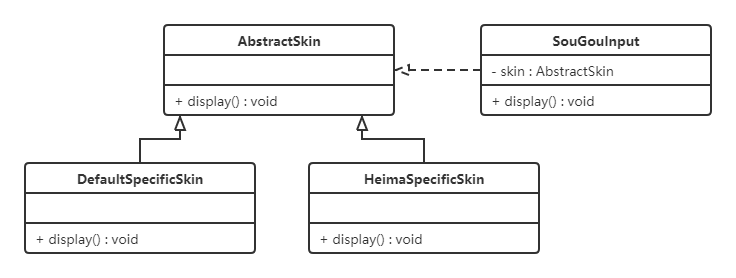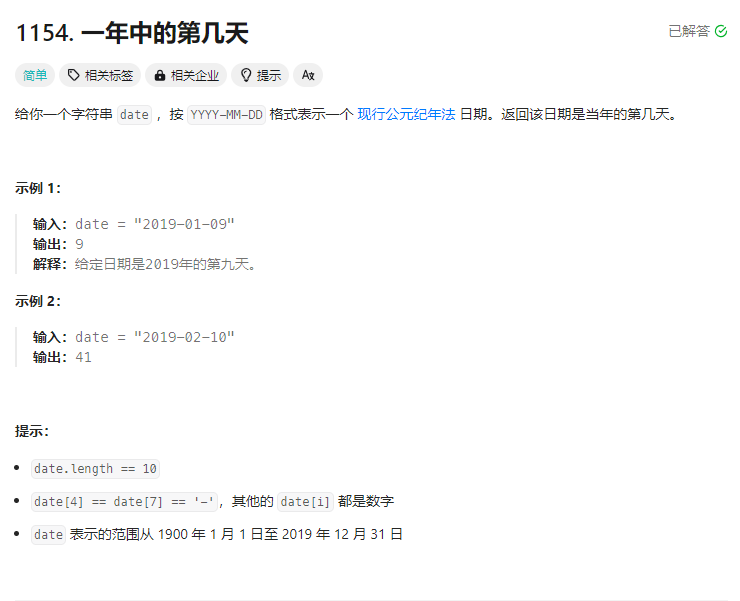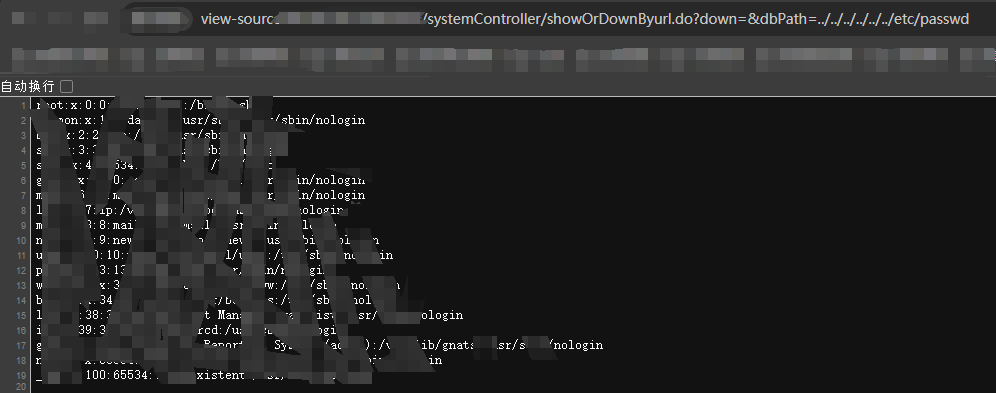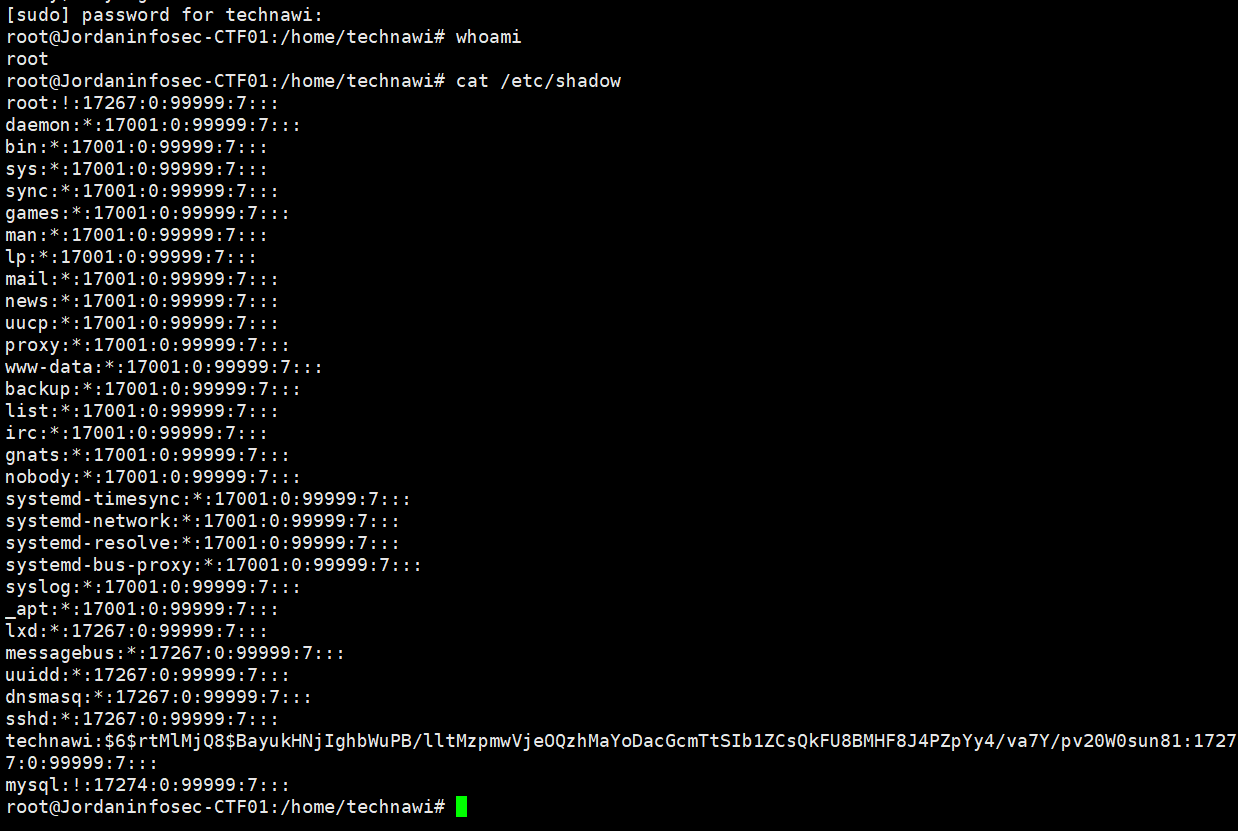基于FFT实现OpenCV的模板匹配(matchTemplate)
以 TM_CCORR_NORMED 为例,因为这个实现简单,并且效率高。
先看公式
\[R(x,y)= \frac{\sum_{x',y'} (T(x',y') \cdot I(x+x',y+y'))}{\sqrt{ \sum_{x',y'}T(x',y')^2 \cdot \sum_{x',y'} I(x+x',y+y')^2}}
\]
显然,分子是I图和T图的卷积。
分母是T图平方的求和乘以I图平方和T图大小的全为1的矩阵,开方的结果。
根据卷积定理,实现方法就很显然了。
import numpy as np
from scipy import signal
from matplotlib import pyplot as pltimport cv2I = cv2.imread('3.png', cv2.IMREAD_GRAYSCALE)
T = cv2.imread('4.png', cv2.IMREAD_GRAYSCALE)I = I.astype(np.float32) / 255
T = T.astype(np.float32) / 255import mkl_fftdef mkl_fft_conv2d(A,K):tmp_cols = A.shape[0] + K.shape[0] - 1tmp_rows = A.shape[1] + K.shape[1] - 1input = np.zeros((tmp_cols, tmp_rows)).astype(np.float32)input[:A.shape[0], :A.shape[1]] = Akernel = np.zeros((tmp_cols, tmp_rows)).astype(np.float32)kernel[:K.shape[0], :K.shape[1]] = Kfi = mkl_fft.fft2(input)fk = mkl_fft.fft2(kernel)# output as validoutput = mkl_fft.ifft2(fi * fk)output = np.real(output)output = output[K.shape[0]-1:-K.shape[0]+1, K.shape[1]-1:-K.shape[1]+1]return outputimport timet0 = time.time()
r0 = mkl_fft_conv2d(I, np.flip(T,axis=(0,1)))
ST = np.sum(T ** 2)
S = mkl_fft_conv2d(I ** 2, np.ones_like(T))
r0 = r0 / np.sqrt(ST * S)t1 = time.time()
print('fftconvolve:', t1-t0)
t0 = time.time()
r1 = cv2.matchTemplate(I, T, cv2.TM_CCORR_NORMED)
t1 = time.time()
print('matchTemplate:', t1-t0)plt.figure()
plt.imshow(r0)
plt.colorbar()
plt.title('fftconvolve')plt.figure()
plt.imshow(r1)
plt.colorbar()
plt.title('matchTemplate')plt.show()max_x0, max_y0 = np.unravel_index(np.argmax(r0), r0.shape)
max_x1, max_y1 = np.unravel_index(np.argmax(r1), r1.shape)print(max_x0, max_y0)
print(max_x1, max_y1)print(r0[max_x1, max_y1])
和OpenCV效果对比


可以看出结果是一样的










